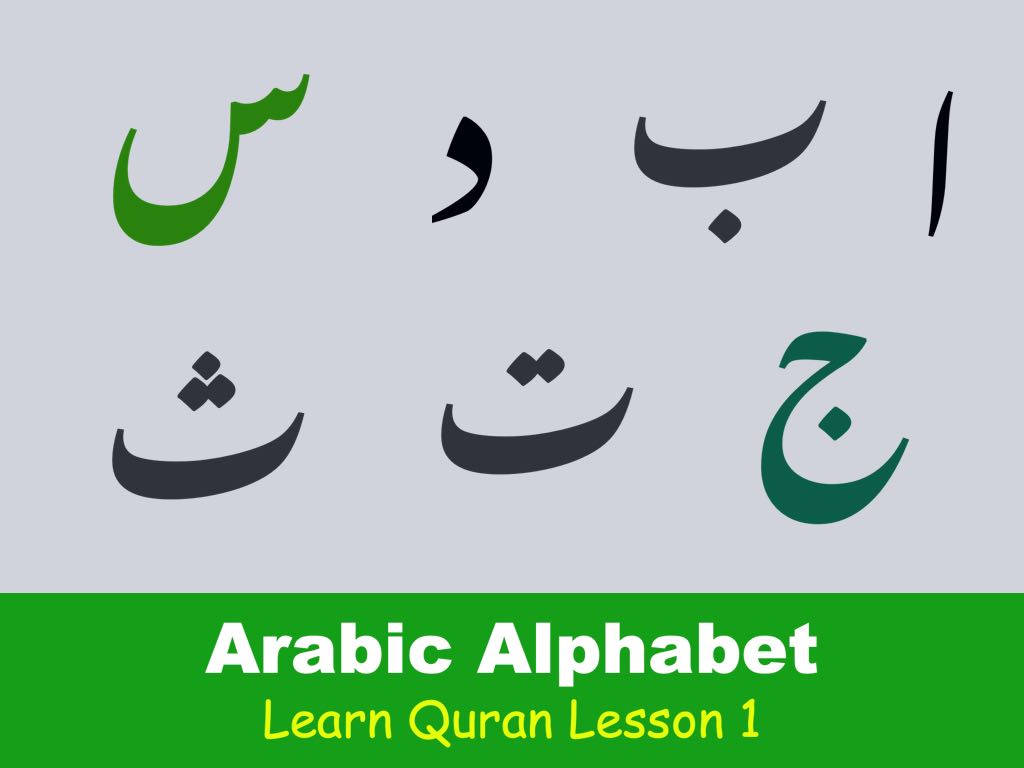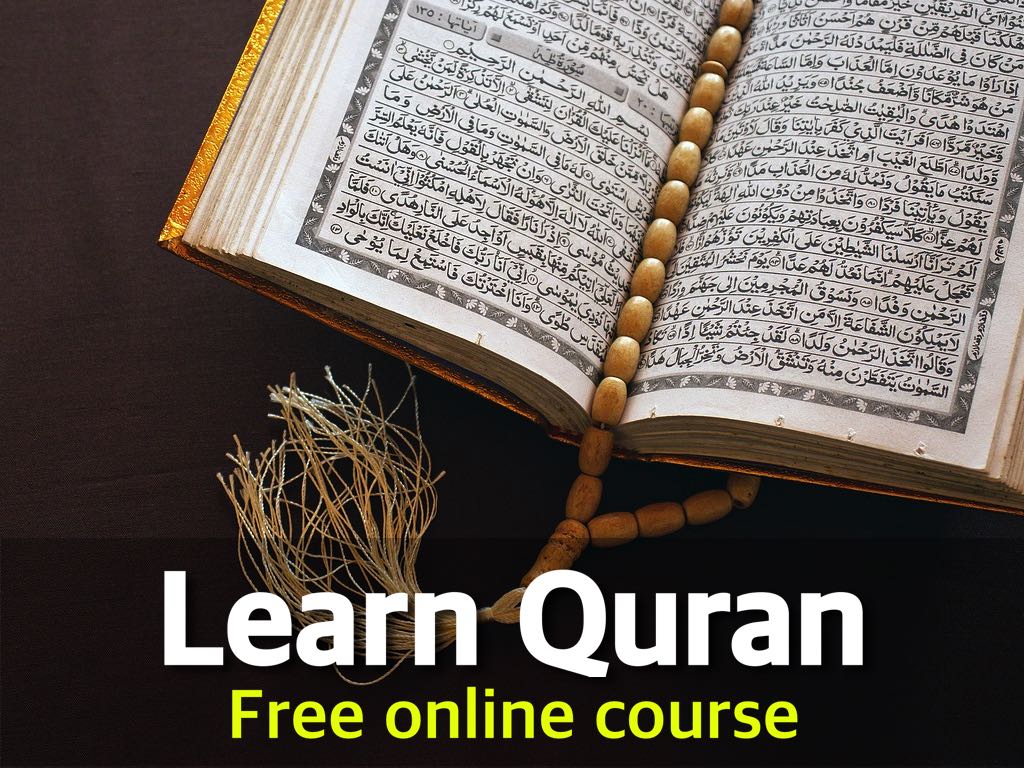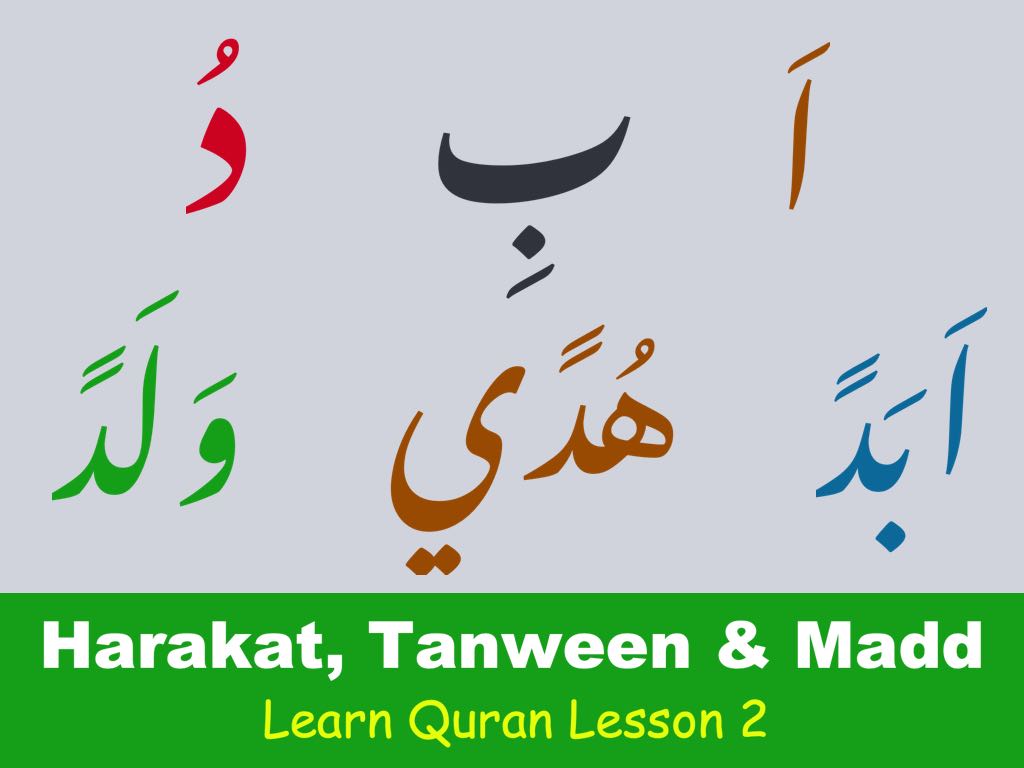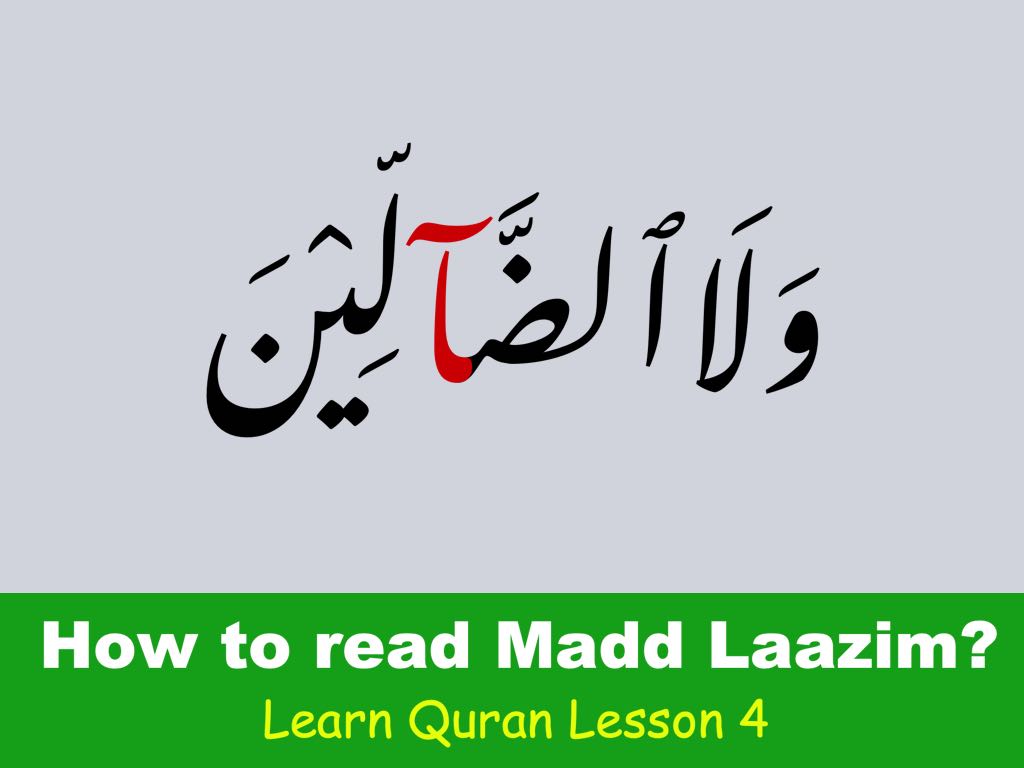Learning the Arabic alphabet is the first step for students of the Quran.
It helps you understand the shape, sound and articulation of Arabic letters.
If you want to master the Arabic alphabet, you are in the right place.
In this tutorial you’ll learn:
- Arabic alphabet and sounds
- Pronouncing Arabic letters correctly
- Combined letters in Arabic
- Interesting facts about Arabic
- Difference between modern and Quranic Arabic
This is the first lesson in our Learn Quran easy series with Noorani Qaida.
Let’s take a look at how the Arabic letter chart looks like:
If this is the first time you are looking at this chart, don’t worry.
We will explain each Arabic letter in the following section.
Arabic Alphabet Lesson 1: Letters
We’ve divided Arabic alphabet lesson 1 into four videos. Let’s start with the first seven letters.
By now, you’ve learned how to recognize and pronounce Arabic letters.
Recognize Arabic Letters With English Words
If you use English words in your daily conversations, we have another interesting way to help you remember Arabic letter sounds.
Check out this image to learn how it works: (image in process…)
Next, we’ll talk about:
- Roots of letters (video)
- Combined letters (video)
- The interesting facts about the Arabic language (text)
- Difference between Quranic Arabic and Modern Arabic (text)
Arabic Alphabet Lesson 2: Roots of Letters
Every letter has a home which is its origin.
You can learn Quranic Arabic easily when you understand the letters’ articulation.
Let’s watch the video for a more detailed discussion.
Arabic Alphabet Lesson 3: Connected letters
Arabic has several ways to merge letters together.
Inside a word they can change shapes depending on the surrounding letters.
Let’s understand how Arabic letters connect and how to read them correctly.
Combined Letters – Part 1
Combined Letters – Part 2
Combined Letters – Part 3
By now, you’ve learned the Arabic alphabet from A to Z. This includes:
- You can recognize a letter and pronounce it correctly.
- You have the idea about the roots of the letters
- And you can combine different letters
You are now one step closer to reciting the Quran. In the next lesson, we’ll apply some rules to the letters. We call them Harakat.
You can jump straight to it.
If you are interested to know some interesting facts about Arabic? Continue reading.
Interesting Facts About Arabic
Arabic is a rich language with a history spanning centuries.
Here are some interesting facts about the language:
- The Arabic alphabet is the second most widely used alphabetic writing system in the world after the Latin alphabet
- The origin of the Arabic language dates back thousands of years
- Over centuries, Arabic has influenced a number of languages such as English, French, Spanish, Portuguese, Urdu and several others. These languages have thousands of words people speak every day that come from Arabic
- The Arabic alphabet is written from right to left
- Arabic does not have capital letters or small letters
- All letters in the Arabic alphabet are consonants
- Vowels in Arabic are represented by marks above or below a letter to pronounce it accordingly
- Arabic is spoken and understood in around 25 countries
Difference Between Quranic Arabic and Modern Arabic
Arabic today is divided into three different types – Classical Arabic, Modern Standard Arabic (MSA) and Dialectal Arabic.
Classical Arabic
Classical Arabic is a literary form of the language we read in the Holy Quran.
It is the dialect and style of Prophet Muhammad (PBUH).
It was also the standard for writing and speaking between the 7th and the 9th century AD.
Modern Standard Arabic (MSA)
You’ll mostly find Modern Standard Arabic (MSA) in official communication.
This includes magazines, newspapers, radio, speeches, articles, TV channels and other official communication across the Arab world.
Basically, this is the professional version of Arabic that is used in universities and colleges.
If you’re a businessman or an educationist, you’ll most likely learn MSA to communicate with Arabs.
Dialectal Arabic (Colloquial)
This is the most common Arabic language version people use in every conversation around the world.
Over time, this version evolved and welcomed a huge vocabulary from other languages.
But you can notice a huge difference in the style and dialect people use in different regions.
Here are four major Arabic dialects that we come across more commonly:
- North African Arabic
- Egyptian Arabic (Egypt and Sudan)
- Levantine Arabic (Lebonan, Jordan, Syria, Palestine)
- Iraqi Arabic
For beginners, learning to read the Quran becomes challenging because of this difference.
So the question is, as a beginner, do you need to learn all the variations to understand the Quran?
The simple answer is no!
You only need to learn classical Arabic to be able to understand the Quran.
Quranic Arabic is eloquent, deep, and pleasing. Interestingly, you need to learn only 100 words to understand 50% of the Quran.
Since we don’t use this Arabic version in everyday conversation, there is no intrusion of new words from other languages.
It’s been preserved for over 1400 years which makes it easy to learn about it.






You are a great teacher! Thanks a lot for your videos. The way you explain everything makes it much easier to get the sounds right.